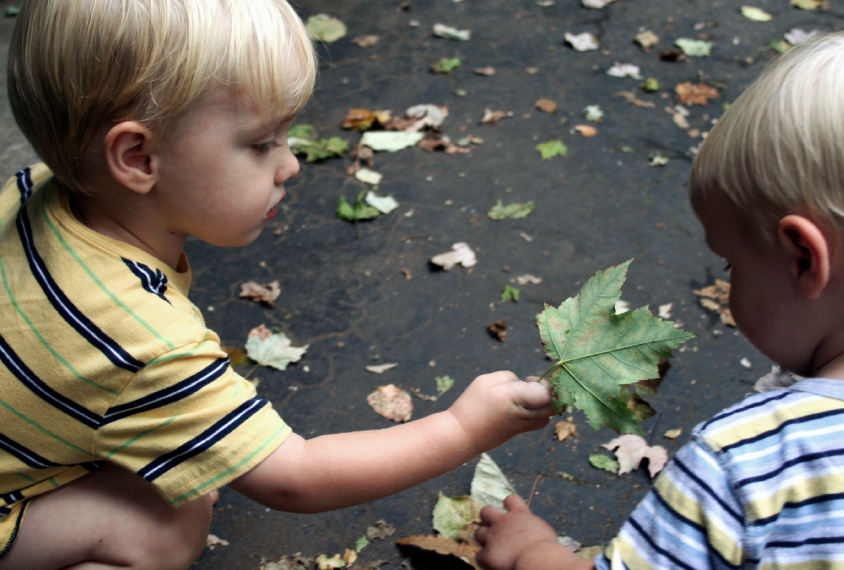
Twin tots reveal autism traits arise mostly from genes
Genes are bigger contributors to autism features than are environmental factors, according to a study of nearly 39,000 twins.
Genes are bigger contributors to autism features than are environmental factors, according to a study of nearly 39,000 twins1.
Autism traits such as repetitive behaviors or resistance to change are about 80 percent heritable, the study found. Previous twin studies estimated that genes account for up to 95 percent of autism risk.
“This study tends to confirm that development of autistic traits is indeed due to heritability, and not so much due to whatever parents do or don’t do,” says lead researcher Dorret Boomsma, professor of biological psychology at Vrije Universiteit in Amsterdam in the Netherlands.
Focusing on autism traits rather than on diagnoses allowed the researchers to recruit many children. The twins in the new study are also younger — age 3, on average — than the school-aged children in previous studies.
“Early childhood is obviously a really important time for autism and autistic traits, so this is a really important study,” says Angelica Ronald, professor in the department of psychological sciences at Birkbeck, University of London, in the United Kingdom, who was not involved in the work.
Tallying traits:
Boomsma and her team analyzed data from the Netherlands Twin Register, a repository of survey data and biological samples from twins and their families. They drew on data from more than 19,000 twin pairs, including 6,558 identical twin pairs — individuals with identical DNA — and 12,860 fraternal twin pairs, who share about half their DNA.
When the children were 3 years old, their parents completed the Child Behavior Checklist, which probes behaviors linked to autism in young children. In most cases, both parents filled out the survey to reduce bias from a single parent.
To gauge the influence of genes on autism traits, the researchers compared the difference in the scores between identical twins with that between fraternal twins. Their analysis revealed that these traits were 78 percent heritable in boys and, similarly, 83 percent heritable in girls. The work appeared 19 May in the Journal of Child Psychology and Psychiatry.
About 29 percent of identical twin pairs in the study are discordant for autism traits, hinting that environmental factors also play a role, says study investigator Eveline de Zeeuw, postdoctoral researcher at Vrije Universiteit.
The findings mesh with heritability estimates for autism, which range between 50 and more than 90 percent, says Joachim Hallmayer, professor of psychiatry at Stanford University in Palo Alto, California, who was not involved in the study2,3.
Hallmayer praises the study for its size. But he cautions that parents’ assessments of autism traits may not reflect a real condition. “We are not talking about the disorder of autism or clinical autism, which is a different question,” he says.
The researchers also mined the data for potential sex differences in the genetics of autism.
Looking at data from 6,400 boy-girl twins, Boomsma and her colleagues used statistical techniques to tease out whether different genes contribute to autism in boys than in girls. If different genes are at play, scores between boy-girl twins should vary to a different degree than do scores of same-sex fraternal twins.
The analysis showed no such systematic difference in scores. This result suggests that the same genes influence autism traits in boys and girls.
References:
Recommended reading

Expediting clinical trials for profound autism: Q&A with Matthew State

Too much or too little brain synchrony may underlie autism subtypes
Explore more from The Transmitter

Mitochondrial ‘landscape’ shifts across human brain

